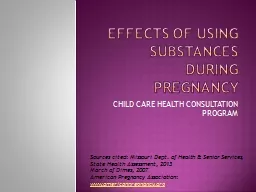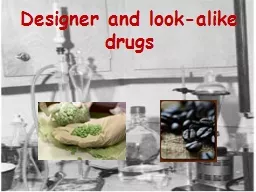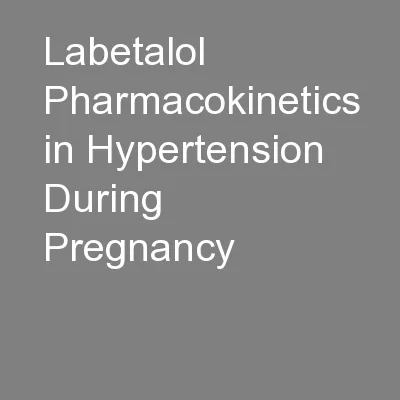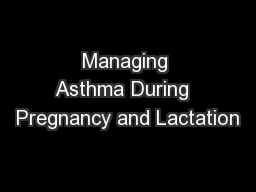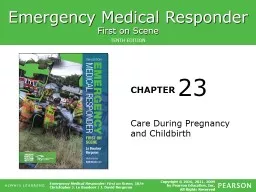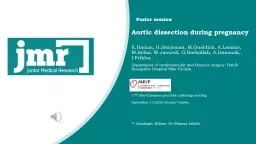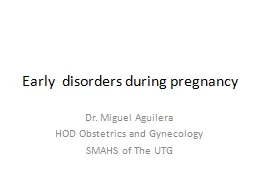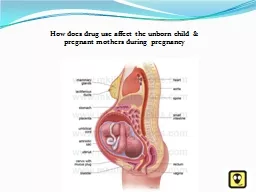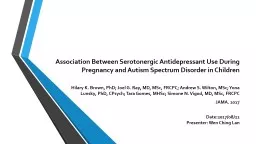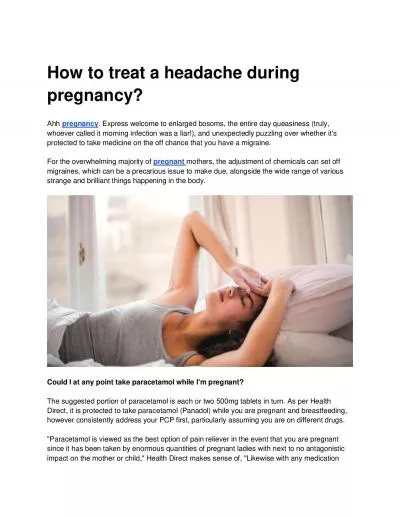PPT-EFFECTS OF USING SUBSTANCES DURING PREGNANCY
Author : lois-ondreau | Published Date : 2017-07-11
CHILD CARE HEALTH CONSULTATION PROGRAM Sources cited Missouri Dept of Health amp Senior Services State Health Assessment 2013 March of Dimes 2007 American Pregnancy
Presentation Embed Code
Download Presentation
Download Presentation The PPT/PDF document "EFFECTS OF USING SUBSTANCES DURING PREGN..." is the property of its rightful owner. Permission is granted to download and print the materials on this website for personal, non-commercial use only, and to display it on your personal computer provided you do not modify the materials and that you retain all copyright notices contained in the materials. By downloading content from our website, you accept the terms of this agreement.
EFFECTS OF USING SUBSTANCES DURING PREGNANCY: Transcript
Download Rules Of Document
"EFFECTS OF USING SUBSTANCES DURING PREGNANCY"The content belongs to its owner. You may download and print it for personal use, without modification, and keep all copyright notices. By downloading, you agree to these terms.
Related Documents

